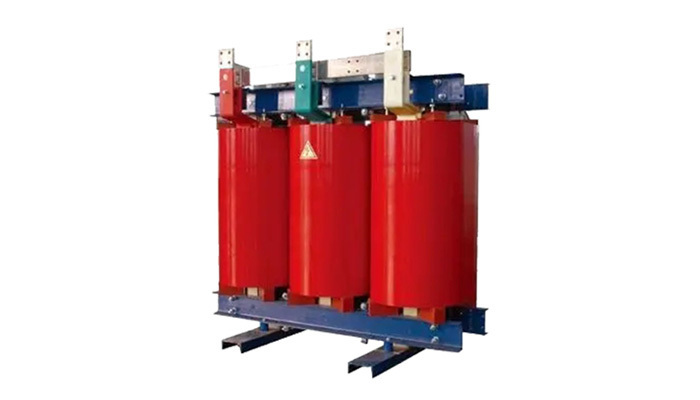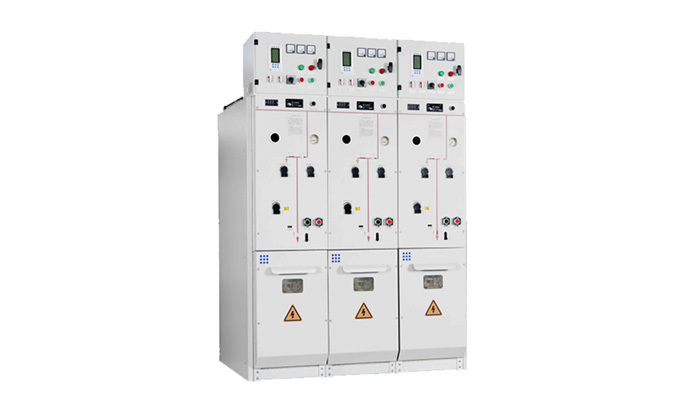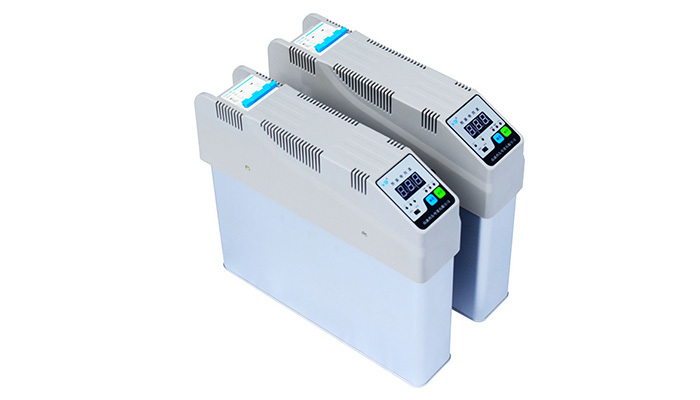Revolutionizing Power Distribution: The Benefits of Prefabricated Substations
Release time:
2025-06-25
Revolutionizing Power Distribution: The Benefits of Prefabricated Substations
In the rapidly evolving world of electrical engineering, prefabricated substations are emerging as a game-changer in power distribution systems. These innovative constructions are not just a trend but a robust solution to the challenges faced by traditional substations. As we delve into this topic, we will explore the numerous advantages of prefabricated substations, their design and manufacturing processes, their impact on safety and efficiency, and much more.
Table of Contents
- 1. Introduction to Prefabricated Substations
- 2. Key Benefits of Prefabricated Substations
- 3. Design and Manufacturing of Prefabricated Substations
- 4. Technology Behind Prefabricated Substations
- 5. Real-World Applications: Case Studies
- 6. Frequently Asked Questions
- 7. Conclusion
1. Introduction to Prefabricated Substations
Prefabricated substations represent a significant advancement in the field of power distribution. Unlike traditional substations, which are often constructed on-site, prefabricated models are manufactured in a controlled environment and then transported to their designated locations. This approach not only streamlines the construction process but also enhances the overall quality of the installation.
2. Key Benefits of Prefabricated Substations
2.1 Cost Efficiency
One of the most compelling advantages of prefabricated substations is cost efficiency. By manufacturing these units off-site, companies can significantly reduce labor costs and minimize the time spent on installation. The use of standardized components often results in bulk purchasing discounts, further lowering expenses. Additionally, the reduced need for extensive construction resources can lead to savings on materials and site management.
2.2 Time Savings
Time is a critical factor in any construction project, particularly in the energy sector, where delays can lead to significant financial losses. Prefabricated substations can be produced and assembled much faster than traditional constructions. This rapid turnaround allows utilities to quickly deploy power solutions, ensuring that customer demands are met without unnecessary delays.
2.3 Enhanced Safety
Safety is paramount in power distribution, and prefabricated substations excel in this area. The majority of the construction and assembly occurs in a controlled factory setting, reducing exposure to on-site hazards. Moreover, these substations are built to stringent safety standards, ensuring compliance with regulatory requirements. Enhanced safety features, such as fire-resistant materials and advanced monitoring systems, further mitigate risks.
2.4 Environmental Impact
As society becomes increasingly aware of environmental issues, the need for sustainable solutions in power distribution grows. Prefabricated substations are designed with sustainability in mind. Their efficient manufacturing processes minimize waste, and many models utilize eco-friendly materials. Additionally, these substations often incorporate renewable energy technologies, such as solar panels, further reducing their carbon footprint.
3. Design and Manufacturing of Prefabricated Substations
The design and manufacturing process for prefabricated substations involves several critical steps to ensure that they meet the required specifications and standards. Initially, engineers assess the specific needs of the project, including load requirements, site conditions, and regulatory compliance. Advanced software tools are then used to create customized designs that optimize performance and integrate seamlessly with existing power systems.
Once the design is finalized, manufacturing begins in a controlled environment. The use of modular construction techniques allows for the quick assembly of components, which are then subjected to rigorous quality control measures. This factory-based process ensures that each substation is built to the highest standards, ready for rapid deployment upon arrival at the installation site.
4. Technology Behind Prefabricated Substations
Technology plays a crucial role in the effectiveness of prefabricated substations. Modern electrical engineering techniques, including digital modeling and smart grid technology, have significantly enhanced the performance and reliability of these systems. Incorporating advanced monitoring and control systems allows for real-time data collection and analysis, enabling utilities to respond swiftly to any operational issues.
Furthermore, the integration of IoT (Internet of Things) devices into prefabricated substations facilitates improved communication between components, enhancing overall system performance. This technology enables predictive maintenance, reducing downtime and increasing the lifespan of the equipment.
5. Real-World Applications: Case Studies
To illustrate the benefits of prefabricated substations, let’s examine a few real-world applications where these systems have been successfully implemented.
Case Study 1: Urban Power Distribution Enhancement
In a bustling metropolitan area, demand for power frequently exceeds supply due to rapid urbanization. The utility company opted for prefabricated substations to quickly expand their infrastructure. By installing these units in strategic locations, they were able to alleviate pressure on the grid and improve reliability for thousands of customers.
Case Study 2: Remote Area Electrification
In rural areas lacking access to reliable power, prefabricated substations have proven invaluable. One project involved deploying several prefabricated units to remote villages, significantly reducing installation time and costs. The result was increased access to electricity for residents, fostering economic development and improving quality of life.
6. Frequently Asked Questions
What are prefabricated substations?
Prefabricated substations are modular electrical units manufactured off-site and transported to their installation locations, offering a quicker and often more cost-effective solution compared to traditional substations.
How do prefabricated substations improve safety?
They enhance safety by being constructed in controlled environments, reducing on-site hazards, and incorporating advanced safety features and materials.
Are prefabricated substations environmentally friendly?
Yes, they often utilize sustainable practices in their construction and can incorporate renewable energy technologies, which helps reduce their environmental impact.
What is the typical lifespan of a prefabricated substation?
The lifespan of a prefabricated substation can vary based on design and materials, but with proper maintenance, they can last upwards of 30 years.
Can prefabricated substations be customized?
Absolutely! Prefabricated substations can be designed to meet specific project requirements, ensuring they fit seamlessly into existing power distribution networks.
7. Conclusion
In conclusion, prefabricated substations are revolutionizing the power distribution landscape by offering numerous benefits including cost efficiency, time savings, enhanced safety, and positive environmental impacts. As the demand for reliable and sustainable energy solutions continues to grow, the adoption of prefabricated substations will likely increase, setting new standards in the electrical engineering industry. Embracing these innovations not only aids in meeting current energy demands but also paves the way for a more resilient and sustainable future in power distribution.
Get a Free Consultancy
If you have any suggestions, please leave a message or send an email to us.

















